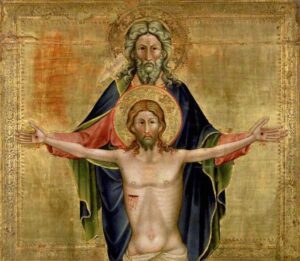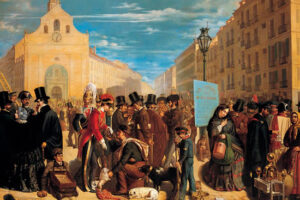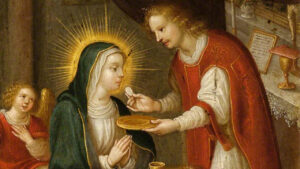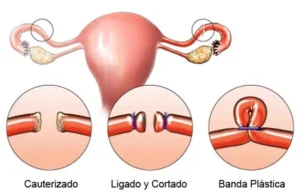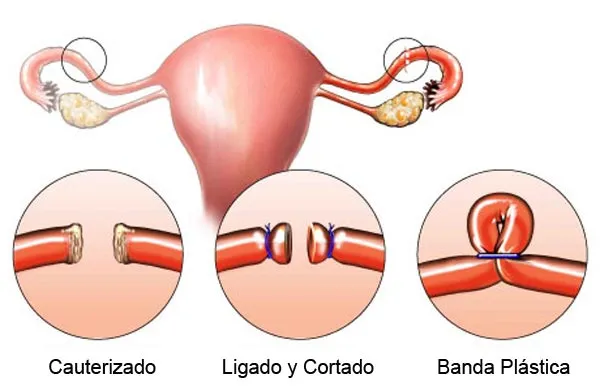Question:
I am asking for your guidance on how I can educate my children on the importance of modesty. I have young children and also some who have begun adolescence. I hope you can help me.
Response:
Modesty is the tendency to hide something in order to defend one’s intimacy from the intrusion of others. It is a “quality, partly instinctive and partly the result of deliberate education, which protects chastity. It is realized both in the sensitive-instinctive sphere and in the conscious-intellectual sphere, as a physic restraint against the rebelliousness of sexuality”.[1] St. Thomas says that it is a healthy feeling by which the passions related to sexuality, after original sin, produce a feeling of disgust, shame and discomfort in man, to such an extent that he instinctively wants to hide everything related to the body, intimacy and sexuality, from prying eyes.[2]
On the purely instinctive plane, modesty consists in an unconscious resistance to everything that would reveal in us the disorder of the concupiscence of the flesh. When modesty enters the conscious sphere, it enters the category of virtue is called pudicitia[3]. Pudicitia or the virtue of modesty “is intimately related to chastity since it is an expression and defense of it. It is therefore the habit that warns against the dangers to purity, the stimuli of the senses that can lead to affection or sexual emotion, and the threats against the proper mastery of the sexual instinct. This includes dangers that come from outside, as well when as those that come from the intimate personal life, which also requires reserve or withdrawal away from the eyes of others and caution in front of one’s own senses. In this way modesty (as a virtue) acts as a moderator of the sexual appetite and serves the person to develop in their totality, without being reduced to the sexual sphere. It is not to be confused with chastity, since its object is not the regulation of sexual acts according to reason, but the preservation of what is normally closely related to those acts. It becomes a providential defense of chastity, because of the psychophysical constitution of the human race, disturbed by original sin”[4].
The falsification of modesty is called prudishness; this occurs when it is unbalanced or excessive, generally caused by poor education. False or excess modesty does not make people chaste but caricatures of chastity. “Prudishness is the natural enemy of modesty, just as sanctimoniousness is the enemy of true and conscious religiosity. The spirit of the adolescent rebels and is disturbed by petty ideas”[5].
The Authentic Education of Modesty.
The education of modesty must be indirect because a direct education would necessarily imply the orientation of attention on the objects that modestly should rightly mitigate in their attractiveness. Nevertheless, although indirect, it must be positive, that is to say, it must prepare that spiritual atmosphere which, besides preventing degradation down to the level of animal sexuality, will make easier the necessary gradual revelations in due time. The education of modesty implies:
- Education of the emotions: Effective moral education cannot take place without a prudent support of the emotions or passions, that is to say, to bring about a personal attitude of “sensitivity” for the good, order, moral honesty, perfection, life lived as a human and moral value. The education of purity is to a great extent an education of the heart, that is, of affectivity. To educate the heart, everything comes down to making the student fall in love with virtue and correcting any abnormal deviation of sensitive love that may appear in him or her.
- Education of the will: The education problem consists in teaching to want (to will) what later will be taught as required to do. It is necessary to form the will with the awareness of transcendent and absolute values. It helps a lot for the exercise of the will to make known, especially to the adolescent, the motives and values of purity, and to suggest strong ideas that can help in every circumstance.
- Education of religiosity: Religious formation is fundamental for sexual education. For the chaste life, religious education “is the first and most powerful factor because other human values have only a temporary value, that is, as long as the corresponding interests remain in the child’s spirit. Only religion possesses an efficacy that transcends the limits of time, place, space, environment, and circumstances, provided that it is felt, conscious and active. Religion has always constituted a unique power for sexual education. Religion values purity and presents it to the young person as one of the highest and most beautiful virtues, at the same time indicating the means to preserve and defend it with care, with reserve, with the interior discipline of the imaginations and desires, and with the exterior discipline of the senses.”[6] From this can be concluded the serious and pernicious sophistry of those who think that they should not give any Christian formation to their children, under the pretext of not coercing their freedom, but let them freely choose their religious options when they grow up.
In reality, those who act in this way choose in place of their children: they choose for them paganism or atheism. There should be religiosity, but not just any religiosity. The educator must be convinced that it is not formalistic piety that saves children and youth from the seduction of temptations and helps them to remain pure, but the reception of divine grace, appreciated and lived with an intimate adherence. Therefore, it is important to consider some elements of religiosity that are conducive in the life of purity in children and adolescents:
a) Children, adolescents, and young people must be educated to experience and live friendship with Jesus. The child must be made to understand that Jesus loves him individually and that this love must be reciprocated; that Jesus wants to use him for the apostolate and, therefore, he must make himself worthy of this apostolic collaboration through an intense life of grace; that purity is a commitment of friendship and fidelity to Christ, a condition for living in himself the life of Christ; that the struggle is for him a glory; that he will be victorious if he is with Christ, etc.
b) The child must be made to appreciate the supernatural life, which is communicated to us by sanctifying grace, and which is lost through mortal sin. Thus, children will find strength to renounce illicit pleasures and to avoid everything that, even remotely, could cause them to lose the dignity and joy of being children of God.
c) We must help them worthily receive the sacraments. If little fruit is reaped from frequent confessions and communions, it is because we do not help them sufficiently to benefit from this habitual contact with grace.
d) Devotion to the Blessed Virgin Mary must be fostered in children. This devotion does not merely consist of many invocations and practices, but in full confidence, in filial remembrance and in constant imitation of her.
e) The child must be taught to respect their own body as a sacred thing, as divine property, as a member of the mystical body. One is easily convinced that if sacred things are to be treated with veneration, one must have an even greater respect for his own body, which is consecrated by the presence of God and by Eucharistic communion. From the idea of divine indwelling, it will be easy to pass to that of the presence of God: if God is within, He always sees you.
f) Finally, the adolescent must be convinced that purity is joy. This is not very difficult, since it corresponds to a present reality, even for children, who know from experience that the sin of impurity does not bring joy, but rather dissatisfaction and sadness.
Fr. Miguel A. Fuentes, IVE
Bibliography
The Pontifical Council for the Family, The Truth and Meaning of Human Sexuality, Guidelines for Education within the Family, 1995. (This document can be found here.)
–Notes–
[1] M. Zalba Erro, Pudor, in Gran Enciclopedia Rialp, tomo 19, Rialp, Madrid 1989, 455-456; cf. Rocco Barbariga, Castidad y vocación, Ed. Herder, Barcelona 1963, pp. 178-209
Cf. St. Thomas Aquinas, Summa Theologica, II-II, q151, a4.
[3] C. Scarpellini, Pudore e pudicicia, in Enciclopedia Cattolica, Roma 1953, vol. X, col.296.
[4] Zalba Erro, loc. cit.
[5] Paganuzzi, Purezza e puberta, Brescia 1953, p.222. Cf. A. Stocker, La cura morale dei nervosi, Milán 1951, p. 155 ff.
[6] Paganuzzi, op. cit., p. 249.
[1] [1] M. Zalba Erro, Pudor, in Gran Enciclopedia Rialp, tomo 19, Rialp, Madrid 1989, 455-456; cf. Rocco Barbariga, Castidad y vocación, Ed. Herder, Barcelona 1963, pp. 178-209
[2] Cf. St. Thomas Aquinas, Summa Theologica, II-II, q151, a4.
[3] C. Scarpellini, Pudore e pudicicia, in Enciclopedia Cattolica, Roma 1953, vol. X, col.296. (Translator’s note: the original article in Spanish uses the term “pudicicia”. The point is to distinguish between the natural idea of modesty or shame from the virtue of modesty).
[4] Zalba Erro, loc. cit.
[5] Paganuzzi, Purezza e puberta, Brescia 1953, p.222. Cf. A. Stocker, La cura morale dei nervosi, Milán 1951, p. 155 ff.
[6] Paganuzzi, op. cit., p. 249.
Original Post: Here
Other Post: Educating Children about their Sexuality (0 to 11 years old)




